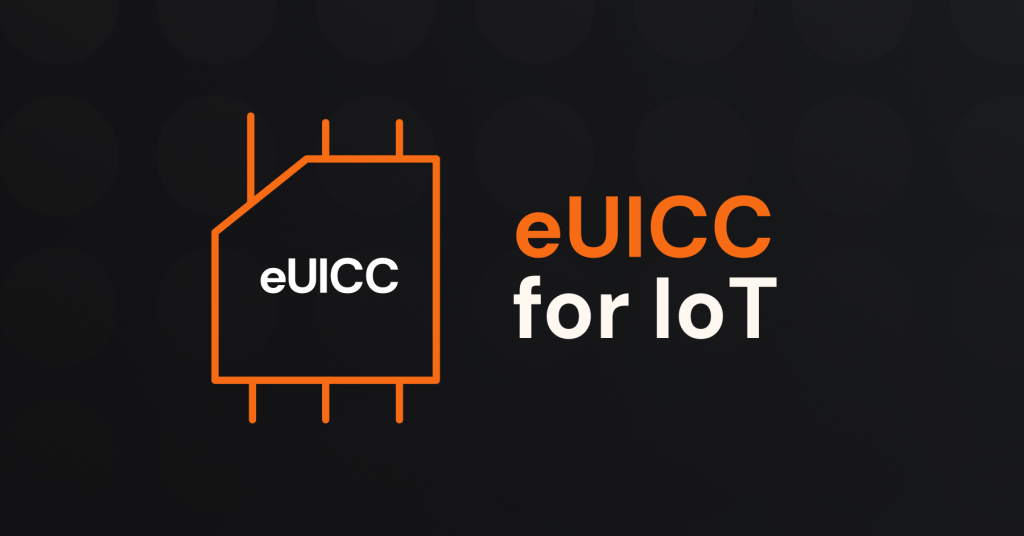When you’re designing an IoT device for mass deployment, choosing the right LTE IoT standard can be a challenge. But it’s a hurdle you need to tackle from the beginning, because connectivity will play an integral role in your device—affecting which hardware components you’ll need and the cellular carriers you’ll work with when the device is released.
With the sunset of 2G and 3G, cellular IoT devices deployed at scale will likely use one of the following 4G LTE standards: LTE Cat 1, LTE Cat 1bis, LTE-M, or NB-IoT.
Wondering which one to choose—and what the difference is between them? Determining the best option requires a close consideration of your use case and your device’s data communication requirements. Let’s take a closer look at each cellular IoT LTE standard.
Table of Contents
What is LTE?
LTE stands for “long-term evolution,” the fourth-generation (4G) wireless broadband standard built on existing technologies and replacing 3G.
While it’s part of 4G, it’s actually slower than true 4G and far slower than the more recent 5G standard. LTE was launched in 2008 with 3GPP’s Release 8, and its biggest shift from 3G was enabling fast internet connectivity on mobile devices.
While LTE has since been eclipsed by newer, faster 5G standards, it remains an important building block for IoT device connectivity.
LTE Cat 1
LTE Cat 1 originally emerged as part of 3GPP Release 8 in 2008. In that version, Cat 1 was intended for computationally restricted devices with a maximum throughput of 10 Mbps for download and 5 Mbps for upload. The standard garnered little interest until manufacturers started to produce small IoT devices, such as connected watches or precision agriculture monitors, that had limited space for advanced LTE features.
For these smaller devices destined for wide deployments, LTE Cat 1 seemed like a perfect fit—but there was a complication. The Release 8 standard failed to specify whether or not device designs with a single antenna were permissible, and designers debated whether they could build LTE Cat 1 devices with only one antenna—helping to save valuable space in the device—without straying from 3GPP’s specifications.
This debate created uncertainty around using the standard for small IoT devices, but 3GPP cleared it up in 2017 with 3GPP Release 13 by defining LTE Cat 1bis, a standard that allows for single-antenna IoT device designs.
Today, when most people refer to LTE Cat 1, they’re actually talking about LTE Cat 1bis.
LTE Cat 1bis
The “bis” in this standard’s title refers to a Latin word meaning “second time” or “again,” because LTE Cat 1bis is a slightly different version of LTE Cat 1.
The newer variation meets IoT developers’ need for single-antenna IoT hardware. The update makes it possible to make chipsets that are simpler and lower cost but still have the same throughput specs as the original LTE Cat 1 (10 Mbps down, 5 Mbps up, and latency of less than 100 ms). The update enables simpler and lower-cost chipset designs.
LTE Cat 1bis is a good choice for use cases that require global connectivity. It doesn’t require upgrades on the base stations (cell towers), meaning LTE Cat 1bis works seamlessly on existing LTE networks.
Finally, as with LTE Cat 1, it allows for features such as voice capabilities and video streaming.
Learn more:
LTE-M
LTE-M was designed with IoT applications in mind. It’s referred to as low-cost machine-type communication (MTC) in Release 12 and as LTE-enhanced MTC (eMTC) in Release 13 and is part of 3GPP Release 16, where it continues to adapt along with the 5G specifications.
Since the introduction of 3GPP Release 14, LTE-M now allows data transfer speeds up to 4 Mbps across considerable distances. It’s a practical alternative to unlicensed LPWAN technologies such as Sigfox and LoRa, and it allows devices to utilize power-saving strategies such as PSM and eDRX.
LTE-M provides for handoff between cellular towers, allowing mobile IoT devices such as wearable health monitors, cargo condition monitors, and asset trackers to stay connected even when they’re on the move—and like LTE Cat 1bis, it includes support for voice features and low latency (under 15 ms).
Learn more:
NB-IoT
Emerging as part of 3GPP’s Release 13 in 2015, the Narrow Band Internet of Things (NB-IoT) standard was designed with IoT applications in mind. It’s a low-power, wide area network (LPWAN) technology with low data rates—an ideal choice for IoT devices that only need to check in periodically and send small packets of data.
NB-IoT offers the same power saving features as LTE-M, but with different cycle durations and other parameters.
With the original NB-IoT in Release 13, bandwidth is limited to a single 200kHz narrowband, with uplink speeds of 62 kbps and download speeds of 26 kbps. Latency with this version is between 1.6 and 10 seconds.
With Release 14, 3GPP introduced LTE Cat NB2, an updated version of NB-IoT. The newer standard provides maximum uplink speeds of 159 kbps and downlink speeds of 127 kbps, a significant increase over the older version.
Devices that use NB-IoT can achieve good long-range communication and signal penetration, making the standard ideal for use cases such as parking control sensors, smart building systems, and industrial IoT applications.
NB-IoT does not allow for tower handoff, so uses are limited to sensors that will stay in the same place once deployed.
Learn more:






